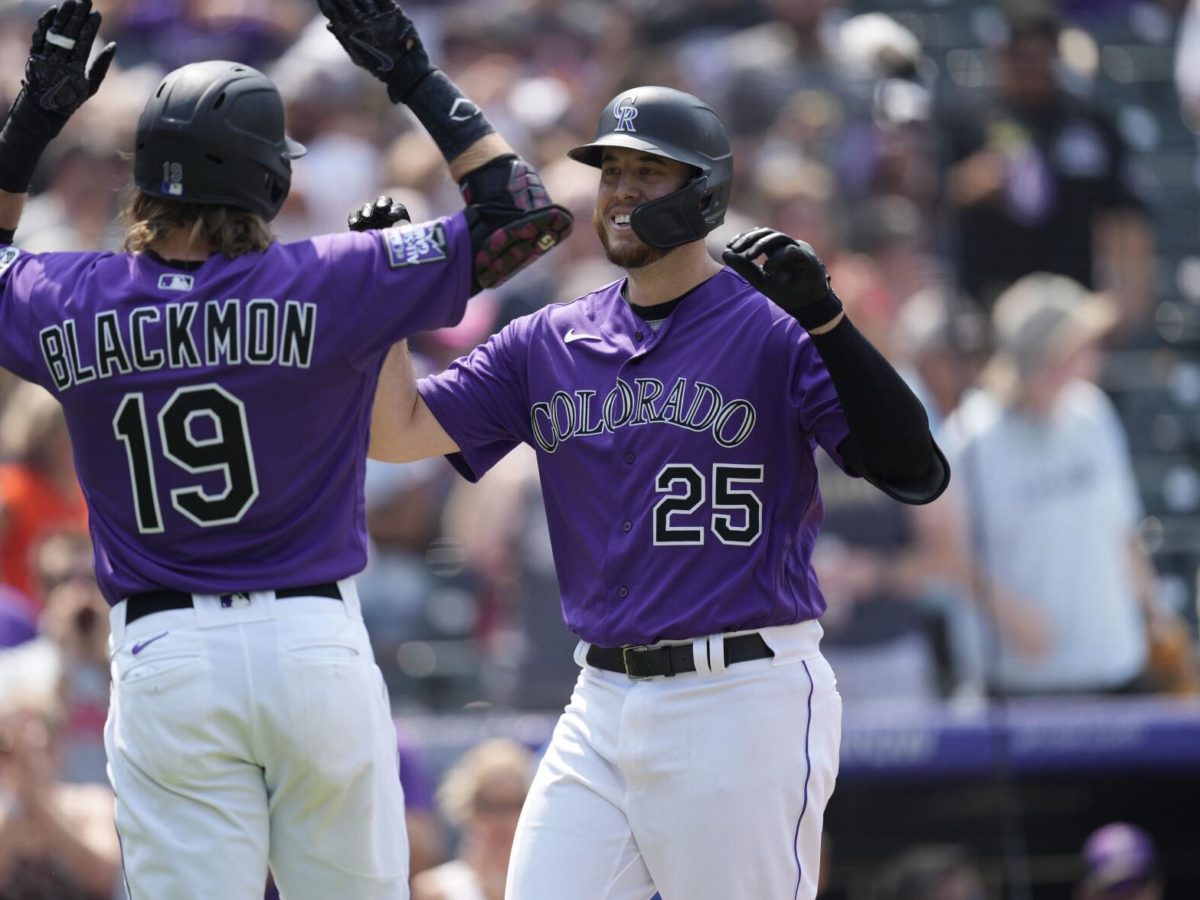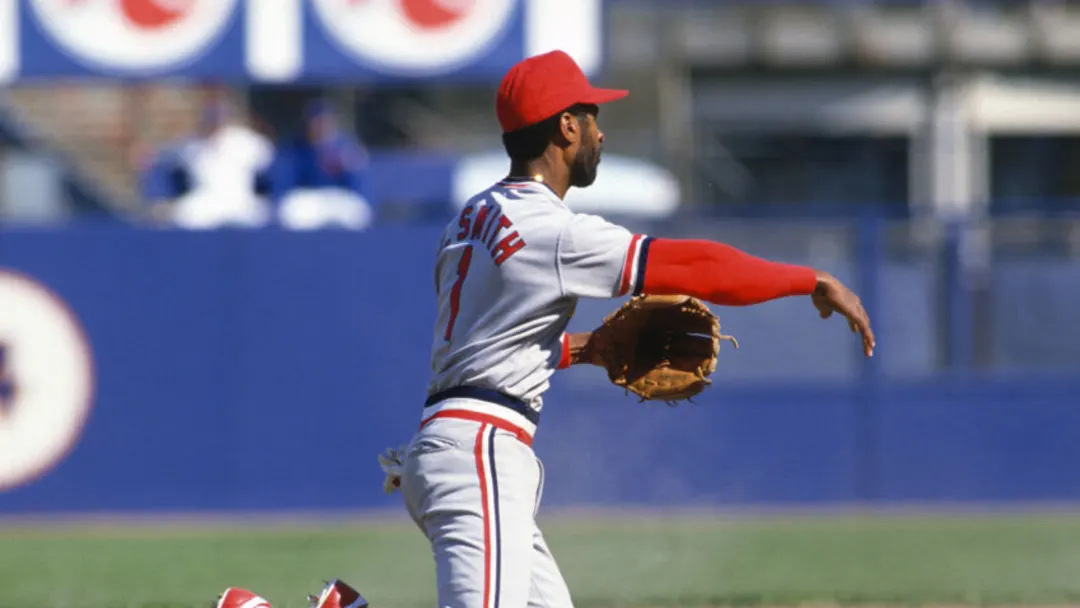After a forgettable “season” last year, Major League Baseball returned with a vengeance in 2021. Yes, we are still stuck with some of 2020’s lunacy, including seven-inning doubleheaders and the extra innings ghost runner. Nonetheless, the 2021 baseball season has been compelling since the very first pitch on Opening Day.
Baseball certainly has had a little bit of everything this year. Young stars such as Fernando Tatis Jr. and Vladimir Guerrero Jr. are living up to the hype. Meanwhile, two-way phenom Shohei Ohtani is doing things that no one in the sport has done before. And of course, the sudden insertion of checking pitchers for “sticky stuff” did its part to add a bit of drama to the season. With so much going on, it’s only right to forgive MLB fans who might not be aware that the middling Colorado Rockies are on pace to make some baseball history of their own.
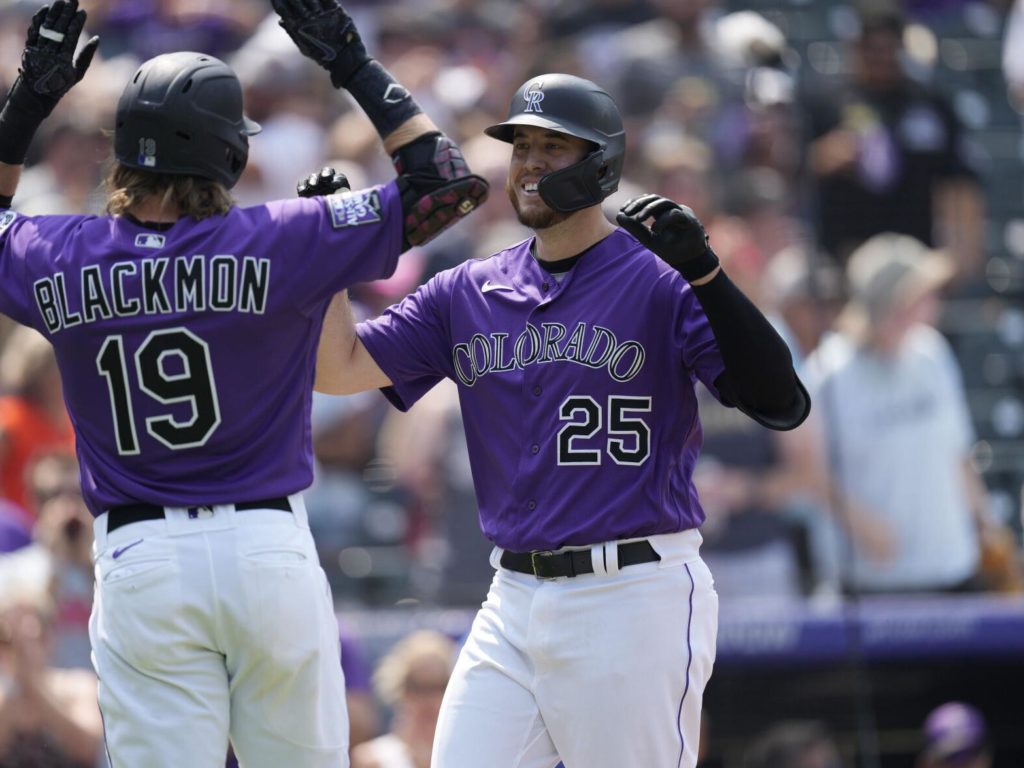
Colorado Rockies on Verge of MLB History
Yes, you read that correctly. While most of the hype and headlines during the 2021 baseball season have involved contending teams and any of the recognizable names above, the Rockies are also on pace to go down in the record books with just six weeks of play remaining. Colorado sits 23 games back in the NL West Division and 11 games under .500 on the year at the time of writing this column. If you are itching to know how a team with such a lackluster resume is poised to make MLB history, read on!
There’s No Place Like Home
Ask just about any player on any team in any professional sports league and they’ll all admit that home-field advantage is a very real thing. The vast majority of sports teams will tally a better win-loss record when playing in the comfort of their home venue than in hostile road environments.
While the MLB season might be double the length of any other professional league, baseball is no exception to this rule. One need not look any further than a standings table for the ongoing 2021 season for proof. At the time of writing, 26 of the 30 MLB teams have a better record at home than on the road.
Coors Field: The Home of all Homes
All that being said, a positive home-road split is by all accounts “normal”. What is NOT normal is the win percentage differential that this year’s Colorado Rockies are putting together. A simple glance at the records should give readers a decent perspective before even revealing the win percentages they equate to:
- Rockies Home Record: 41-21
- Rockies Road Record: 14-45
- 2021 Season Record: 55-66
Note: All records reflect standings through August 19
There you have it. The Rockies are an astounding 20 games over .500 in 62 games played at their home Coors Field. Away from Denver, the club is 31 games below .500. Quick math reveals an massive swing of 51 games between the two win-loss records. From a win percentage standpoint, the differential is even more eye-popping.
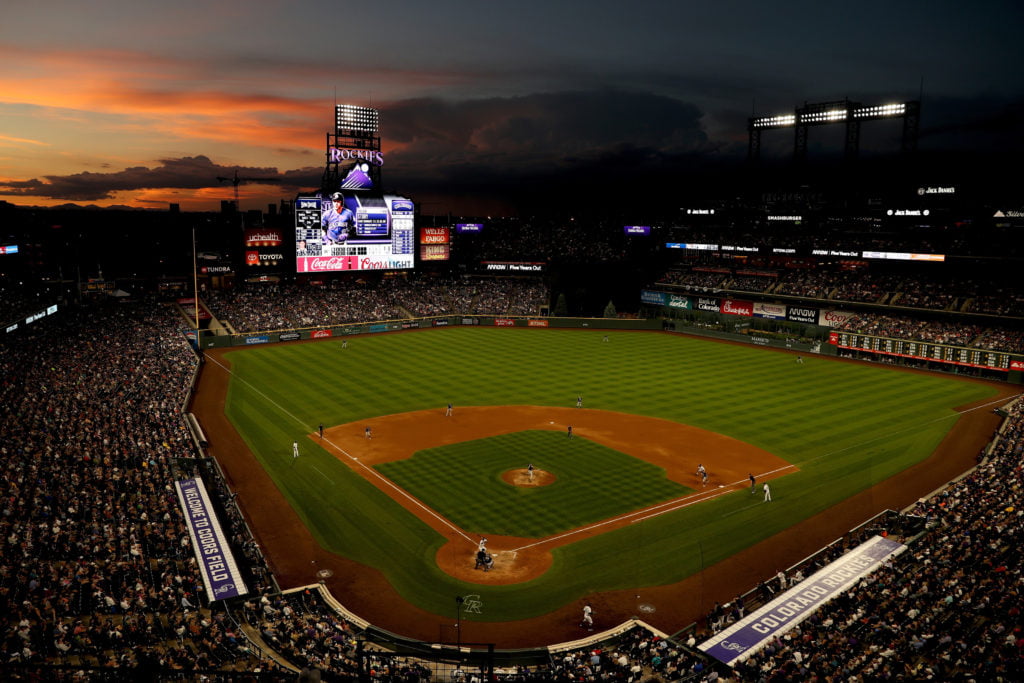
Colorado Rockies Home-Road Percentage Differentials
In their 62 home games played at Coors Field this season, the Rockies have amassed an impressive winning percentage of .661. To add a little context as to just how impressive that mark is, consider that it matches the home winning percentage of the Los Angeles Dodgers and sits second only to that of the San Francisco Giants (.688). Although both the Giants and Dodgers reside in the NL West Division with the Rockies, they own the two best overall records in the MLB at the time of writing.
Consider also that Colorado’s home winning percentage of .661 is better than the Giants’ MLB-best .645 overall winning percentage. Despite this, the Rockies are an insurmountable 23 games back of San Francisco in the NL West standings at the time of writing. For as great as the Rockies have been at Coors Field this season, they have been equally as bad, if not worse, away from home. They have just 14 wins and a .237 winning percentage in 59 total road games to date. Yikes!
The real kicker comes when one calculates the difference between Colorado’s home and road percentages this season. An astounding result of .424 is revealed. Admittedly, a lot can happen over the final 41 games. But should the Rockies continue at this pace, they are well on their way to making baseball history.
How the Rockies’ Home-Road Split Stacks Up Historically
Not only are the Rockies on the verge of setting the record for the greatest home-road disparity in MLB history, but it’s not even close. Up until now, the 1945 Philadelphia Athletics hold the mark for the largest discrepancy in home and road winning percentage. The A’s went 39-35 at home (.527) but just 13-63 on the road (.183) for a differential of .356. However, it is worth noting that 1945 was a full 16 years before MLB expansion prompted an increase in the total number of regular-season games to the current 162.
After the institution of the 162-game schedule in 1961, the greatest home-road percentage differential to ever be recorded in a season is .333. Oddly enough, the number was achieved by two teams in different seasons, including the same Colorado Rockies franchise that is on pace to break the mark this year. In 1996, Colorado went 55-26 (.679) at Coors Field and just 28-53 (.346) elsewhere.
Perhaps even odder than the Rockies franchise already being a fixture on this list is that the team who joins them with this massive differential won the World Series! The 1987 Minnesota Twins finished the regular season with a 56-25 (.691) mark at home while going 29-52 (.358) on the road. In hindsight, it was only fitting that the Twins won all four World Series games played at the Metrodome on their way to the championship while losing the three played in St. Louis.
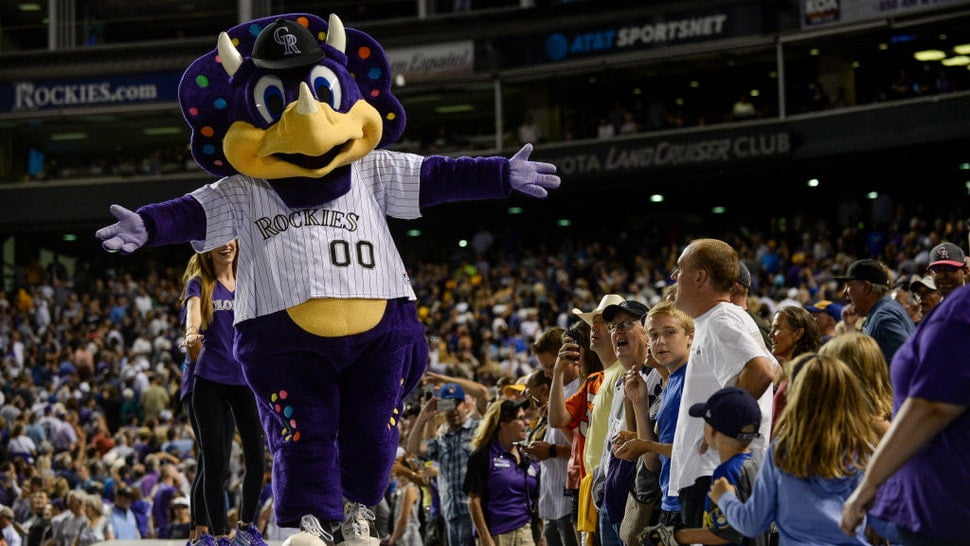
Historic MLB Home-Road Differences Table
I couldn’t resist including the table below for fellow baseball and stats nerds like myself. It includes the six largest home-road win percentage differences in MLB history. The 2021 Colorado Rockies are also shown atop the table to further put their obscure ongoing season into perspective. Interested readers can also visit this source for more!
| Team | Games Played | Home Record | Away Record | Difference | Final Record |
| 2021 Colorado Rockies | 121 (of 162) | 41-21 (.661) | 14-45 (.237) | .424 | ??? |
| 1945 Philadelphia Athletics | 150 | 39-35 (.527) | 13-63 (.171) | .356 | 52-98 (.340) |
| y-1902 Philadelphia Athletics | 136 | 56-17 (.767) | 27-36 (.429) | .338 | 83-53 (.606) |
| 1949 Boston Red Sox | 154 | 61-16 (.792) | 35-42 (.455) | .337 | 96-58 (.619) |
| x-1987 Minnesota Twins | 162 | 56-25 (.691) | 29-52 (.358) | .333 | 85-77 (.525) |
| 1996 Colorado Rockies | 162 | 55-26 (.679) | 28-53 (.346) | .333 | 83-79 (.512) |
| 1978 Houston Astros | 162 | 50-31 (.617) | 24-57 (.296) | .321 | 74-88 (.457) |
x-won World Series
y-won American League Pennant (pre-World Series)
Final Thoughts
Unlike the ’87 Twins, this year’s version of the Colorado Rockies won’t have a World Series to pair with their incredible home-road record disparity. Even so, the Rockies’ 2021 season is one for the record books, even if just those of the nerds and statheads. The fact that Colorado has the two most recent seasons in the table above is fascinating.
It’s no secret that the baseball travels well in the thin air at Coors Field. In theory, this would benefit the offenses of opposing teams too. However, numerous Rockies pitchers have far better stats when pitching at Coors than on the road this season. This leads one to believe that high-altitude slugging isn’t the full story in the Rockies’ success playing at home.
So, what exactly might be behind this massive difference? Does the altitude impact opposing players as is sometimes the case in the NFL when teams visit the Denver Broncos? Does the thin air change the way baseballs spin, thus lending a distinct advantage to the Colorado players who are used to it? Maybe it’s simply the effect of the team’s one-of-a-kind mascot, Dinger? Or perhaps it is a combination of these things and more? No matter what is accounting for it, one fact remains at the end of the day: the 2021 Colorado Rockies are on the verge of making MLB history.
Follow us on all of our social channels! Check out our Twitter, Facebook, YouTube and TikTok for more great FlurrySports content.


